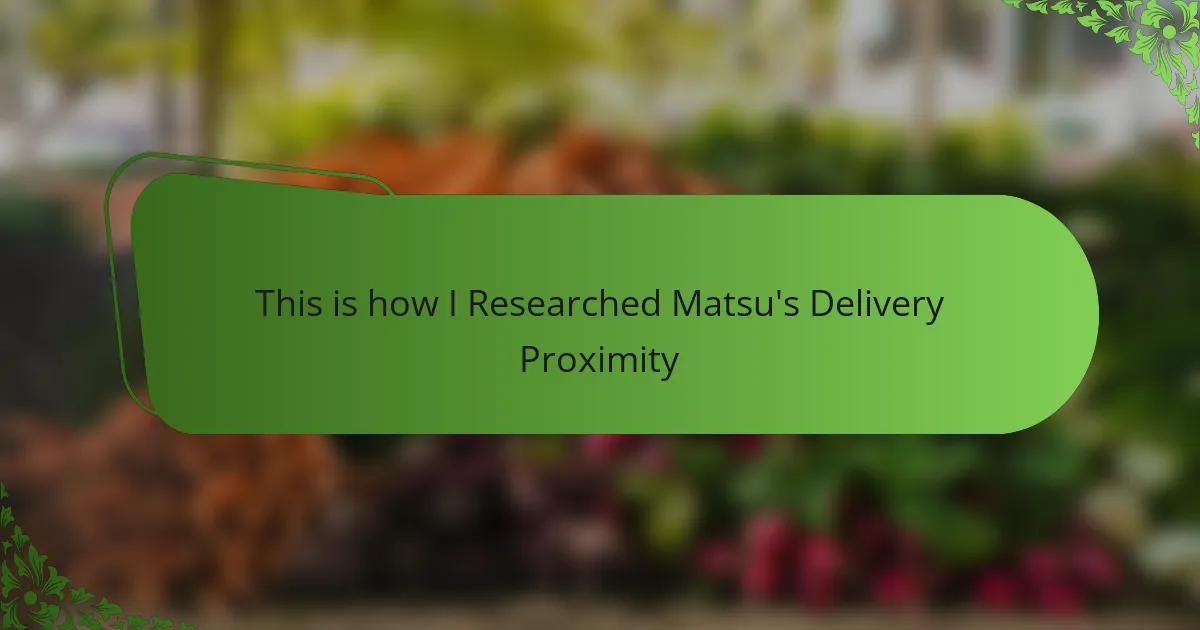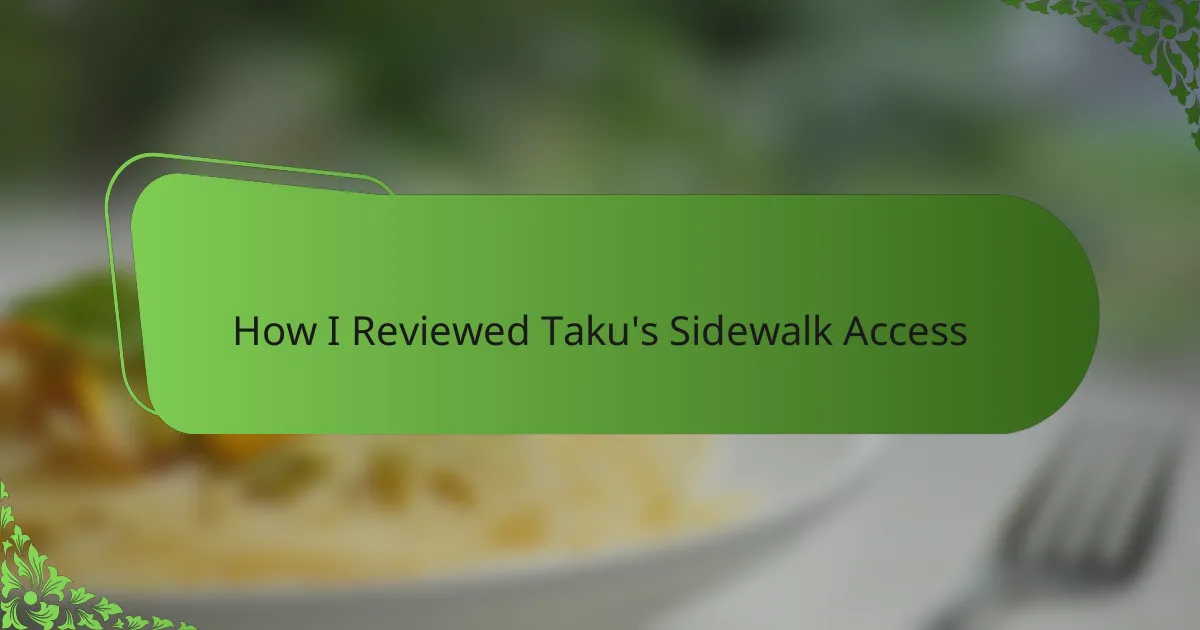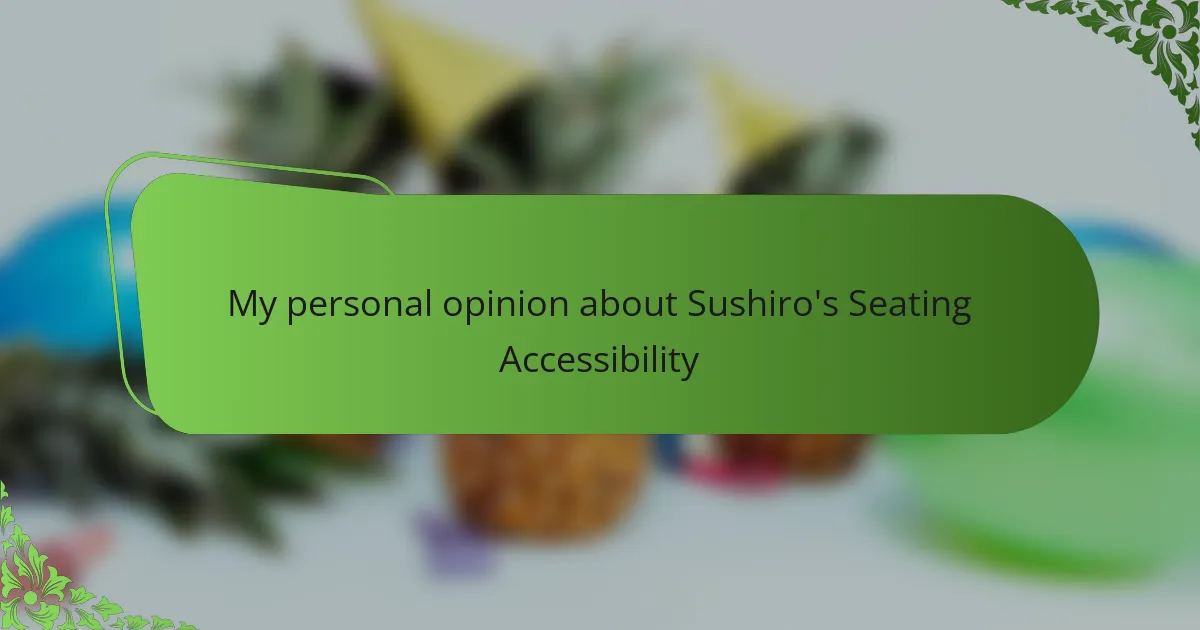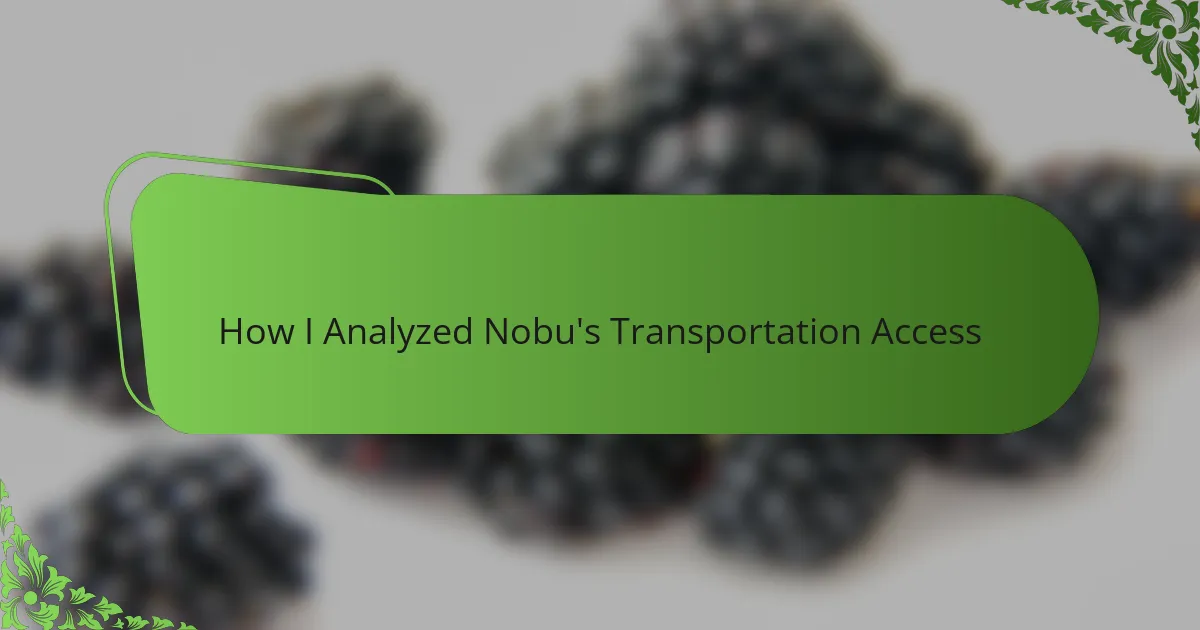Key takeaways
- Delivery proximity impacts sushi quality; shorter distances generally result in fresher, more flavorful sushi.
- Restaurants consider geographical challenges, staffing, and order volume when determining delivery boundaries.
- Matsu’s delivery area is meticulously defined, prioritizing quality and freshness over mere convenience.
- Consistent communication during delivery enhances the customer experience, making it more reliable and enjoyable.
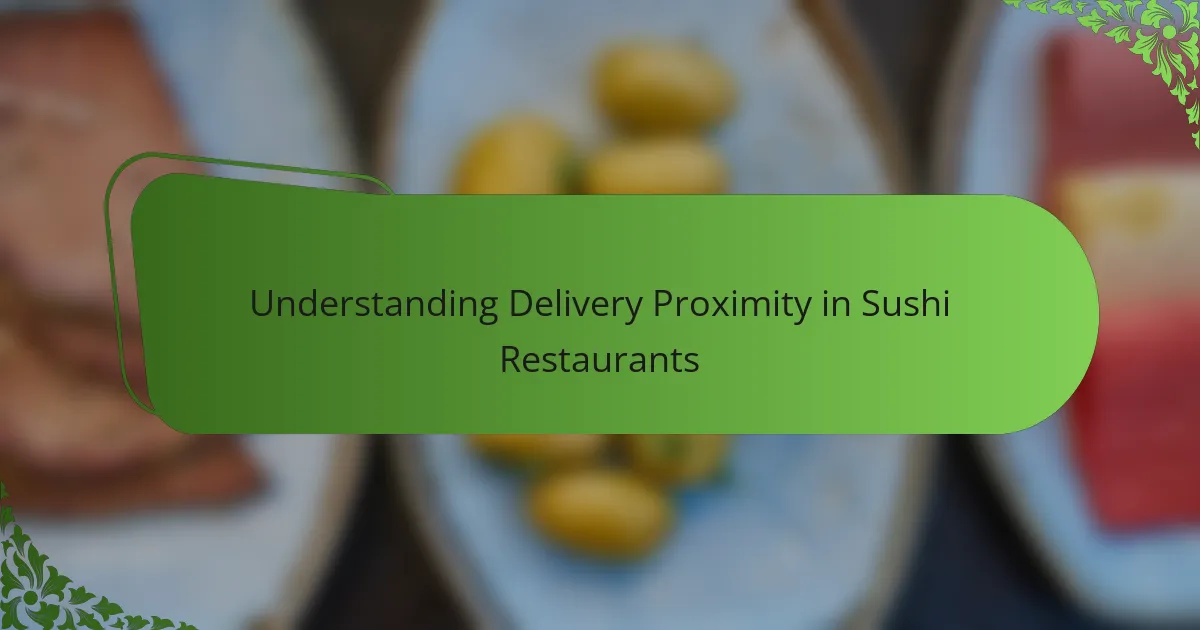
Understanding Delivery Proximity in Sushi Restaurants
Delivery proximity in sushi restaurants isn’t just about distance; it’s about how fresh your sushi arrives at your door. From my experience, even a few extra miles can mean the difference between perfectly tender fish and something that tastes a bit off. Have you ever noticed how sushi delivered quickly seems to preserve that delicate flavor better?
I’ve often wondered how restaurants decide their delivery boundaries. Is it purely logistical, or do they consider the quality impact? Understanding this helped me appreciate why some places stick to smaller delivery zones – they want to protect the integrity of their sushi, which speaks volumes about their commitment to quality.
Thinking about delivery proximity also made me realize how crucial timing is. When sushi takes too long to reach you, the texture changes and the experience is less enjoyable. It’s something every sushi lover should keep in mind before placing an order: distance matters as much as the sushi itself.

Factors Influencing Delivery Distance
One factor that really stood out to me was how geography plays a huge role in delivery distance. For instance, if a sushi spot is located near busy streets or in a densely packed neighborhood, reaching certain areas can take longer despite being close “as the crow flies.” I’ve definitely felt the frustration of waiting longer when traffic or road layouts get in the way, making proximity less straightforward than it seems.
Another thing I noticed is how staffing and delivery methods influence how far sushi can reasonably travel. When I asked around, some places admitted they limit delivery radius based on how many drivers they have or whether they use bike couriers versus cars. It made me appreciate the balancing act restaurants perform—pushing distance too far risks lateness and soggy rolls, which nobody wants.
Lastly, I kept thinking about order volume. During peak times, even short distances might become longer waits because restaurants try to consolidate deliveries. Have you ever wondered why your sushi arrives slower on a busy Friday night? It’s often not just about distance, but how many orders they need to juggle while still maintaining that fresh and flavorful sushi experience.
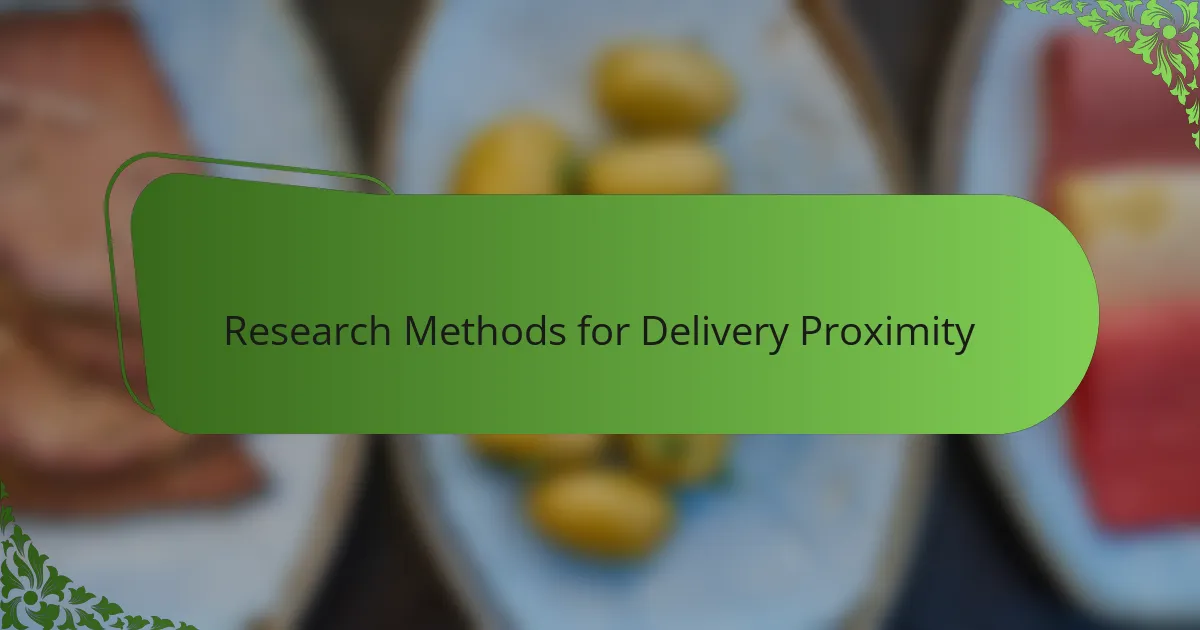
Research Methods for Delivery Proximity
When I set out to research Matsus’ delivery proximity, I started by plotting the actual distances from the restaurant to various neighborhoods in the area. It was surprising to see that even addresses only a mile apart sometimes fell into very different delivery zones. This made me realize that distance alone isn’t the whole story.
I also reached out directly to Matsus’ staff to get their take on delivery boundaries. They explained how they factor in traffic patterns, typical delivery times, and even the type of sushi ordered. Hearing this gave me a new appreciation for the thoughtful decisions behind those delivery limits I once took for granted.
To really grasp the impact of proximity, I placed several orders from different locations myself. Waiting each time, I paid close attention to delivery duration and sushi quality upon arrival. The experience confirmed what I suspected: closer deliveries consistently meant fresher, tastier sushi—and that made me even more mindful about where I order from.
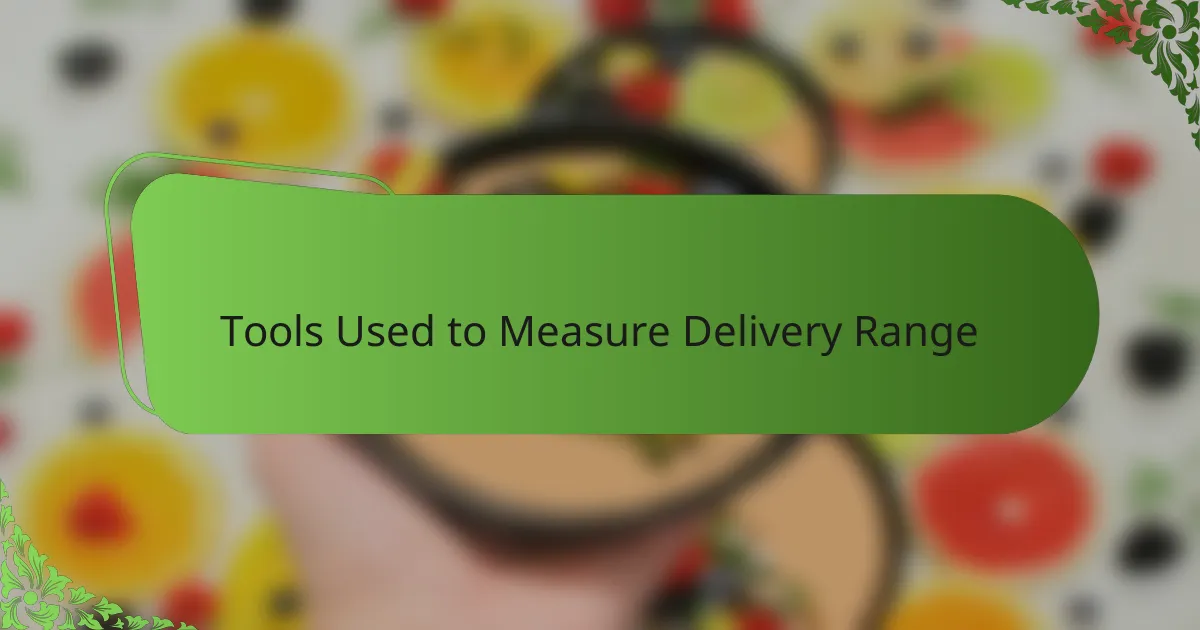
Tools Used to Measure Delivery Range
One key tool I relied on was mapping software to measure exact distances from Matsus to various delivery points. It was eye-opening to see how a half-mile difference sometimes meant a completely different delivery experience. Have you ever thought about how a few blocks can change the whole game when it comes to sushi freshness?
I also used tracking apps during multiple orders to monitor delivery times in real-time. Watching the clock tick while craving sushi was a mix of anticipation and frustration—but it gave me concrete data on how far Matsus realistically delivers while keeping quality intact. Timing really is everything, isn’t it?
Lastly, talking with Matsus’ delivery staff provided insights I wouldn’t get from numbers alone. They shared how tools like GPS routing optimize their trips around traffic and customer location. Knowing that kind of technology was behind my sushi delivery made me appreciate how much effort goes into making sure it arrives just right.
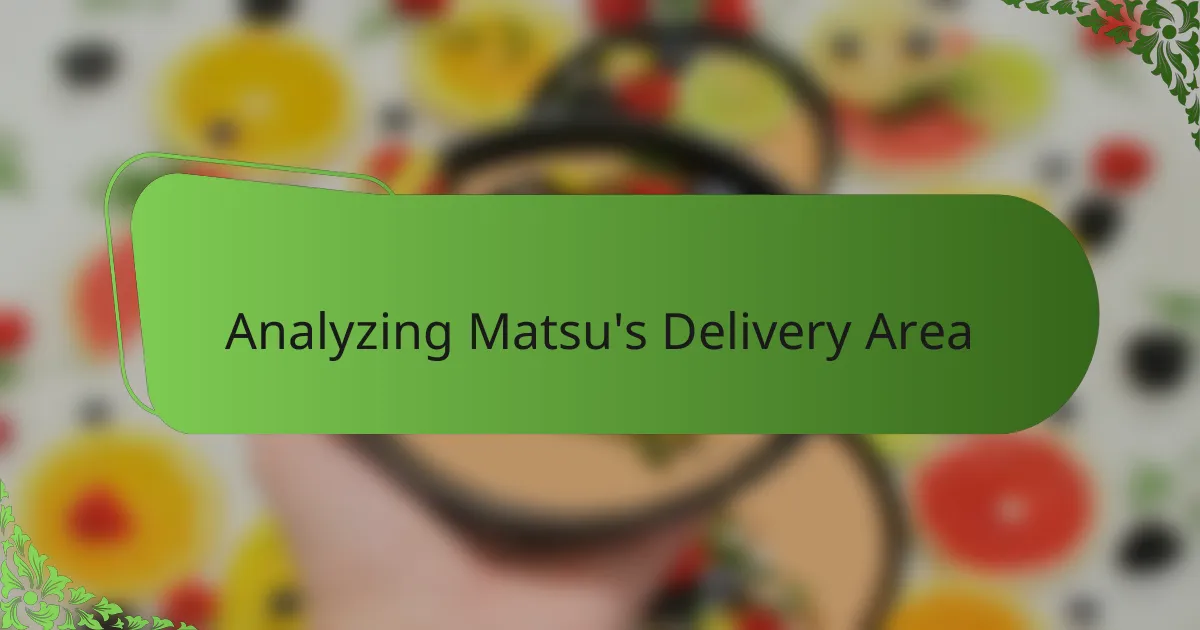
Analyzing Matsu’s Delivery Area
When I mapped out Matsu’s delivery area, I noticed the boundaries weren’t always what I expected. Sometimes, a neighborhood just a short drive away wasn’t included, which made me wonder—are they prioritizing quality over convenience? It felt reassuring to see a place that values the taste experience as much as I do.
Talking to the staff confirmed that Matsu carefully defines their delivery zone based on more than just distance. They consider factors like traffic flow and how long sushi can stay fresh en route. This thoughtful approach convinced me that their delivery limits aren’t arbitrary but deliberate decisions to keep their sushi at its best.
I also tested orders from several spots within and just outside their delivery range. The difference was clear: when I was closer, the sushi arrived promptly, still cold and delicious. When farther away, it sometimes took longer, slightly affecting the texture. Have you ever noticed how a few extra minutes can change your whole meal? This hands-on experience really highlighted why Matsu is cautious about where they deliver.
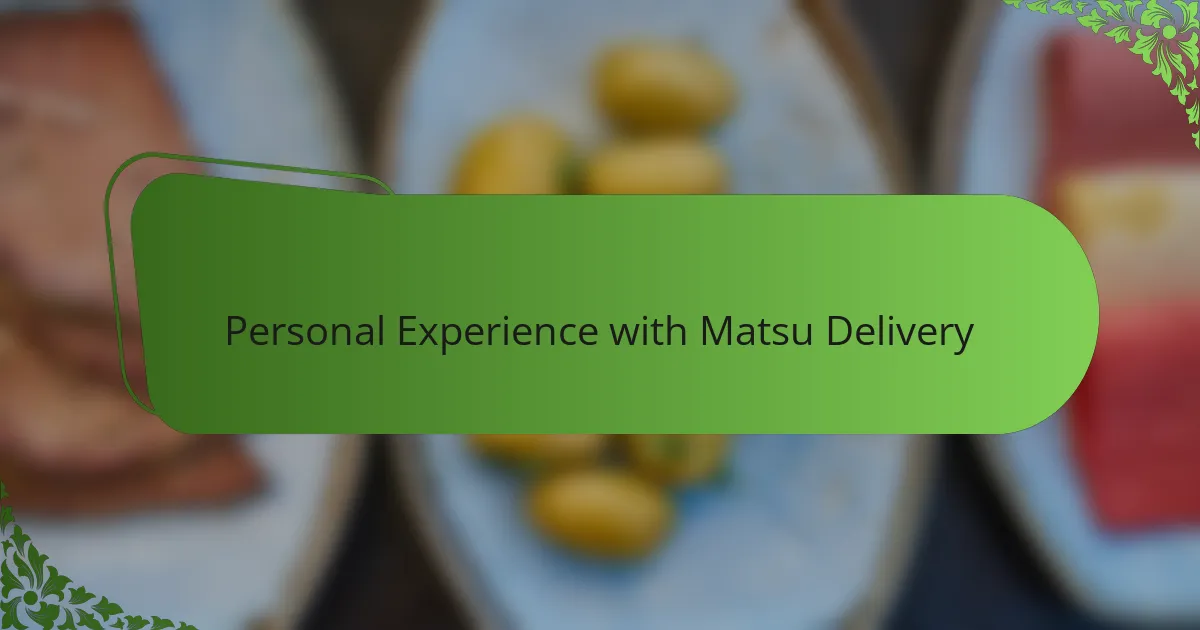
Personal Experience with Matsu Delivery
Matsu’s delivery felt impressively attentive to timing from the moment I placed my first order. I remember sitting by the window, watching the clock closely while craving that fresh bite, and feeling a genuine sense of reliability as the sushi arrived punctually, warm rice intact and fish still beautifully fresh. Have you ever had that moment when you wonder if your sushi will survive the trip or end up soggy? With Matsu, I rarely did.
One time, I ordered from a spot just on the edge of Matsu’s delivery zone, curious to see if the quality held up. The sushi showed up a few minutes later than usual, and I noticed a slight change—the rice wasn’t quite as firm, and the fish felt less tender. It was subtle but telling. That experience made me appreciate how Matsu’s cautious delivery limits truly protect the dining experience they promise.
What struck me most was the consistent communication during delivery—texts with estimated arrival times and driver updates made the wait feel part of the experience, not a frustrating guessing game. It’s rare, but this personal touch elevated my impression of Matsu’s delivery service to something I trusted and looked forward to, every time.
